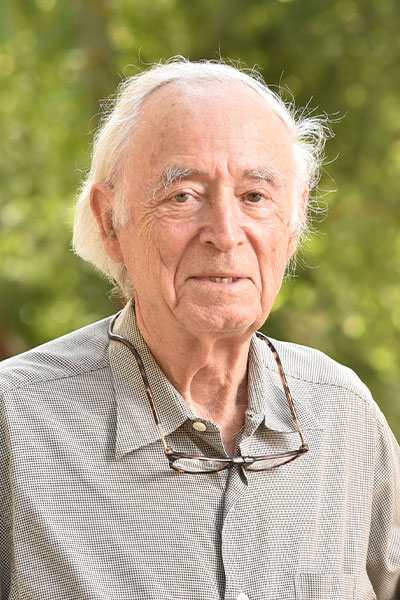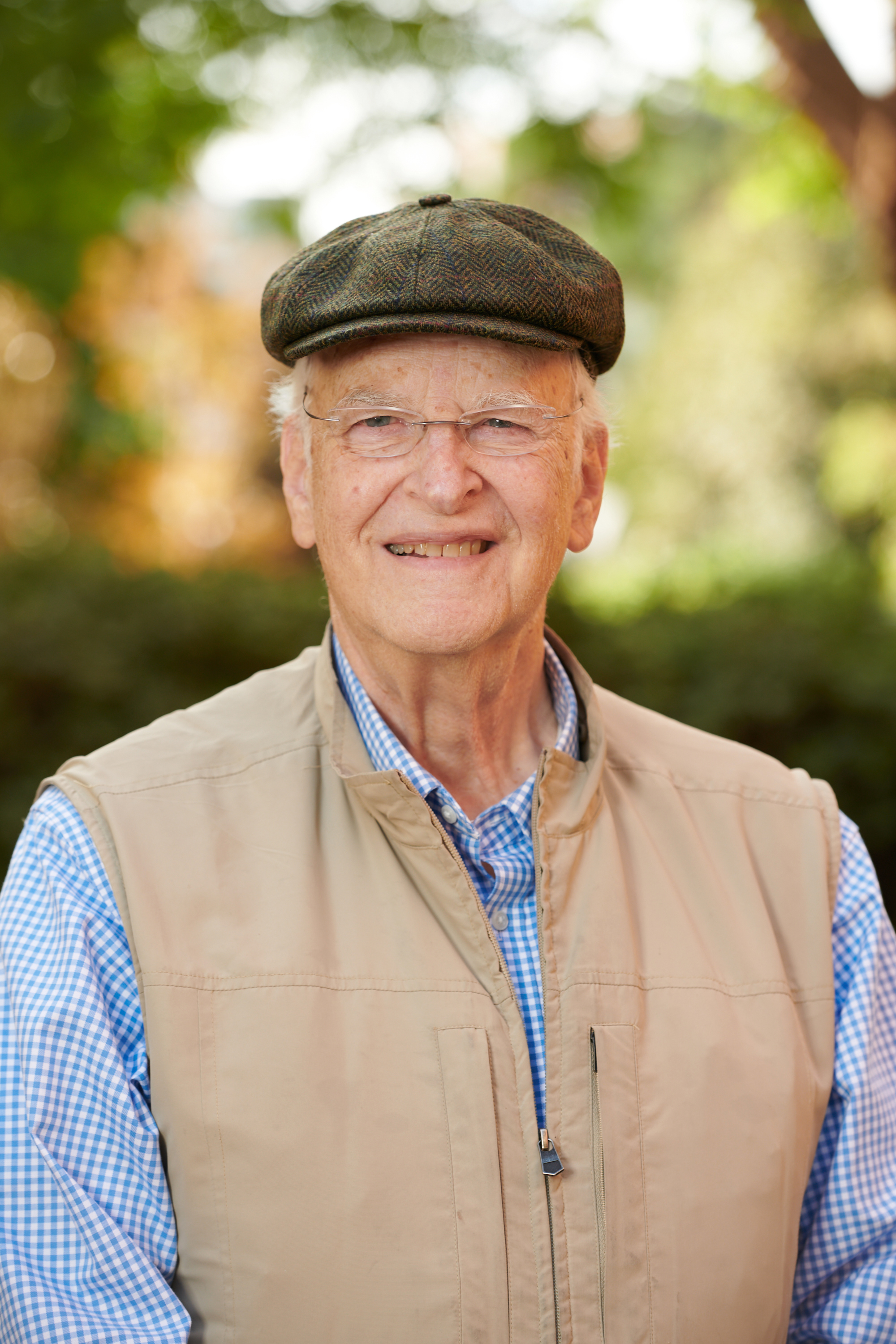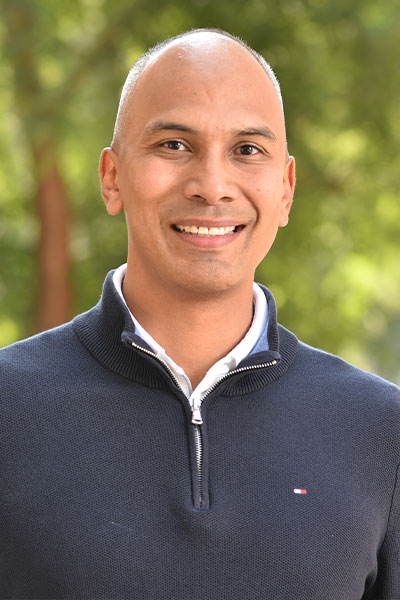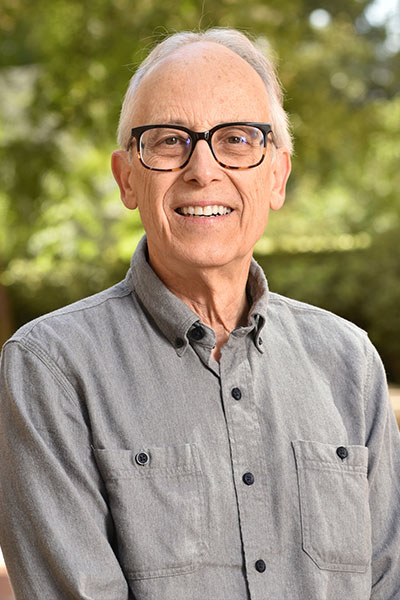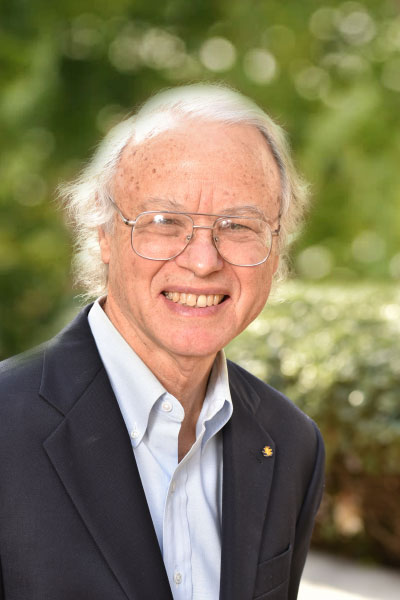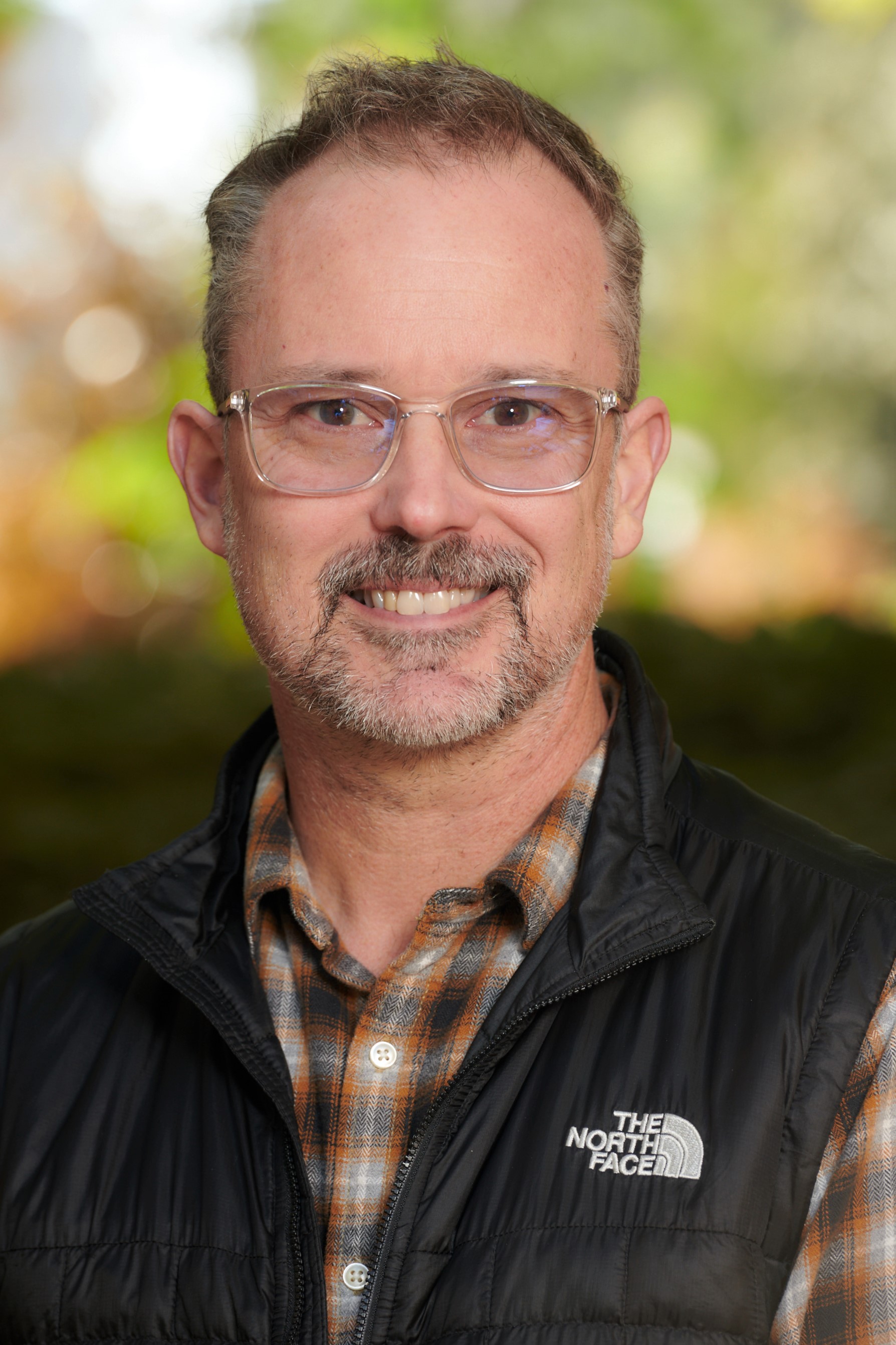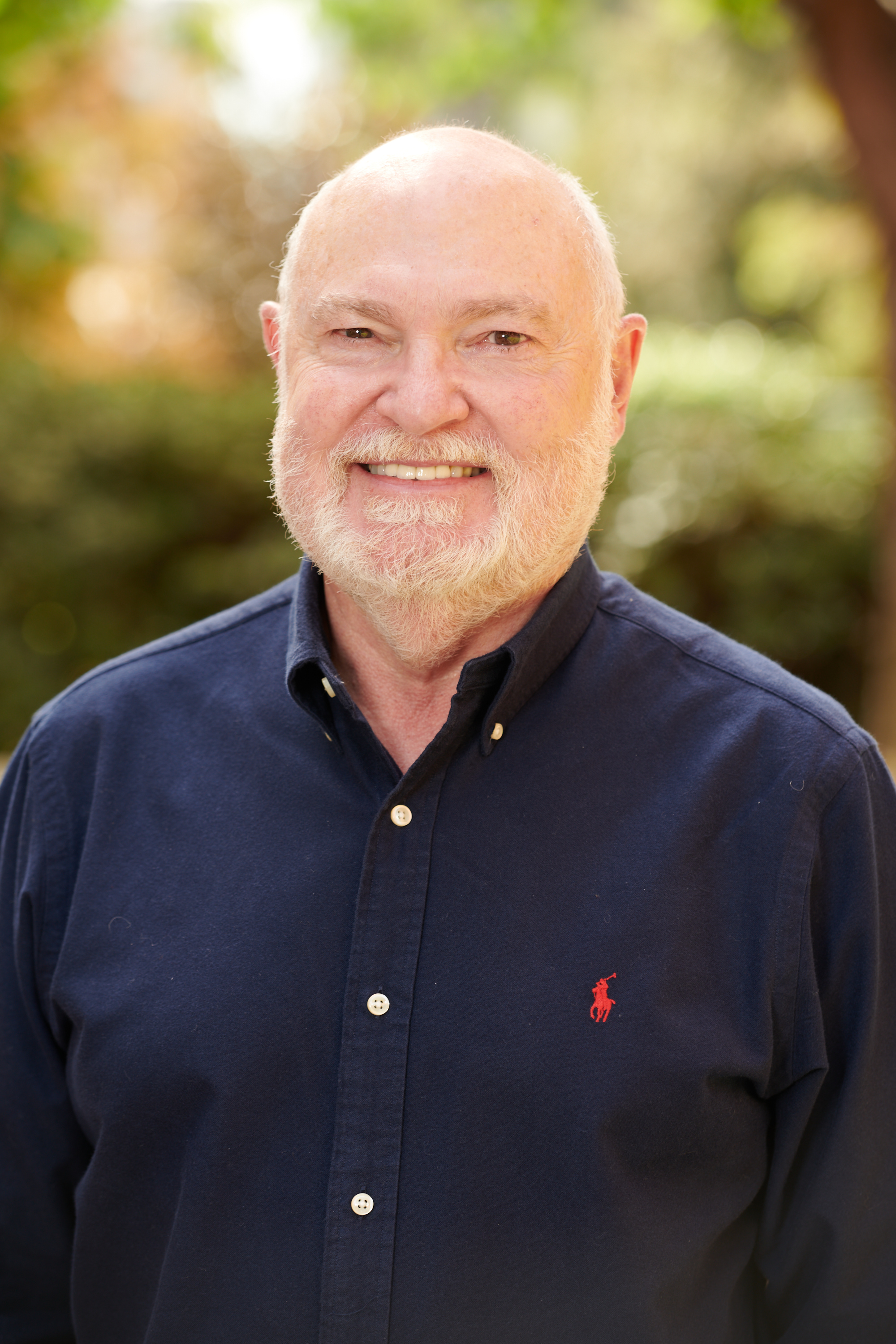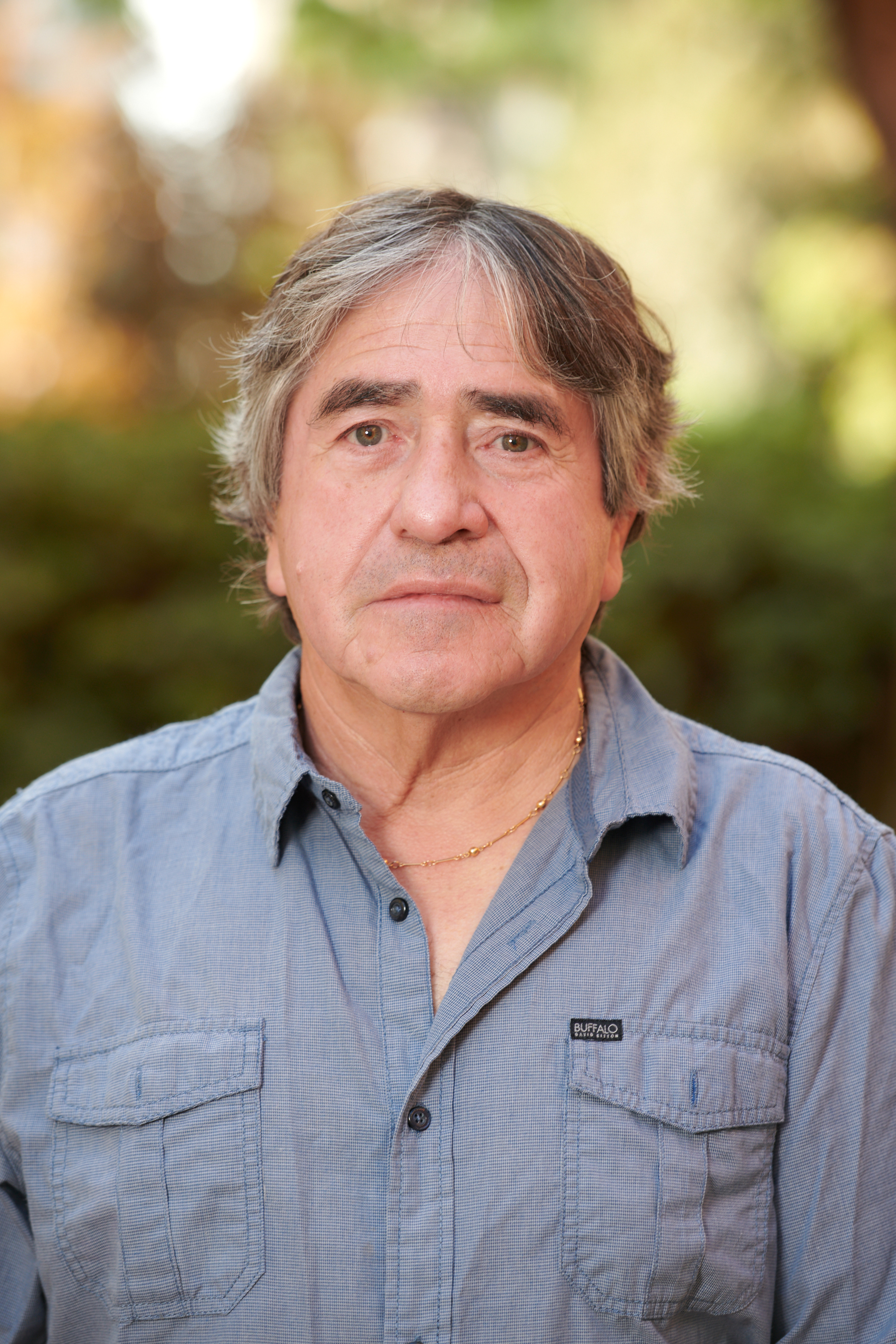December 13, 2019
Alan Grinnell
Biography
PhD Harvard, 1962; Junior Fellow, Harvard, 1959-62; postdoc UCLondon, 1962-64; UCLA faculty, 1964-present, Departments of Physiology (SOM) and Integrative Biology and Physiology IBP (College); Director, Jerry Lewis Neuromuscular Research Center, 1978-2001; Director, Ahmanson Laboratory of Neurobiology, 1979-2004; Chair, IBP Department 1997-2001; Associate Dean of Life Sciences for Personnel, 2010-
Research Interests
Adaptations of the auditory nervous system of echolocating bats that enable them to orient and hunt using echoes of emitted sounds as a substitute for vision. Also, bat echolocation behavior and feeding strategies. Trophic influences between nerve and muscle governing number, size and strength of nerve terminals. Regulation of neurotransmitter release and properties of presynaptic active zones.
Specific Recent Projects: a. Using Xenopus nerve-muscle cell cultures, patch electrode recordings can be made simultaneously from presynaptic varicosities and postsynaptic muscle cells. Large conductance Ca2+-dependent K+ (BK) channels that co-localize with Ca2+ channels at presynaptic active zones (AZs) can be used to report [Ca2+] at AZs and correlate this direct measurement with neurotransmitter release. This allows correlation of ionic currents with transmitter release and modulation of release, and analysis of molecular mechanisms of release. b. Using mature frog neuromuscular preparations, we are studying the mechanisms of regulation of transmitter release efficacy by muscle stretch, mediated by integrins. c. Using an old world flying fox bat that has excellent night vision but also has evolved good echolocation, we are attempting to determine whether they can shift seamlessly from one modality to the other. I also have a long-standing interest in the art and iconography of preColumbian ceramics from Central Panama.
Education
B.A., Biology, Harvard University 1958
Ph.D., Biology, Harvard University 1962
Selected Publications
Grinnell AD. (2018) Early milestones in the study of echolocation in bats. J Comp Physiol A Neuroethol Sens Neural Behav Physiol. 2018 Jun;204(6):519-536. doi: 10.1007/s00359-018-1263-3. Epub 2018 Apr 23. Review.
Sun XP, Chen BM, Sand O, Kidokoro Y, Grinnell AD. (2010) Depolarization-induced Ca2+ entry evokes release of large quanta in the developing Xenopus neuromuscular junction.J Neurophysiol. 2010 Nov;104(5):2730-40. doi: 10.1152/jn.01041.2009. Epub 2010 Sep 15. PMID: 20844112
Sun XP, Yazejian B, Grinnell AD. (2004) Electrophysiological properties of BK channels in Xenopus motor nerve terminals. J Physiol. 2004 May 15;557(Pt 1):207-28. Epub 2004 Mar 26. PMID: 15047773
Yazejian B, Sun XP, Grinnell AD. (2000) Tracking presynaptic Ca2+ dynamics during neurotransmitter release with Ca2+-activated K+ channels. Nat Neurosci. 2000 Jun;3(6):566-71. PMID: 10816312
Chen BM, Grinnell AD. (1997) Kinetics, Ca2+ dependence and biophysical properties of integrin-mediated mechanical modulation of transmitter release from frog motor nerve terminals. J Neurosci. 1997 Feb 1;17(3):904-16.PMID: 8994045

